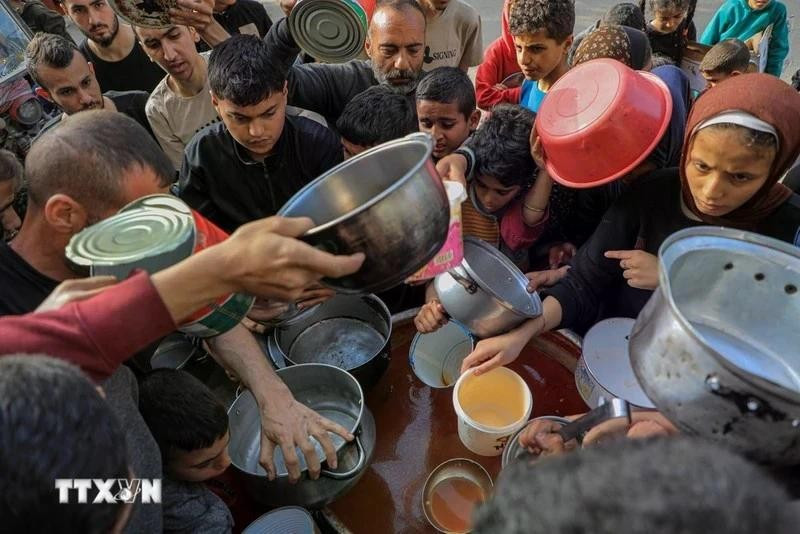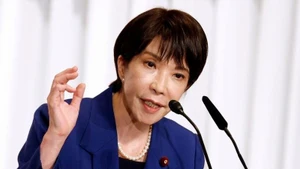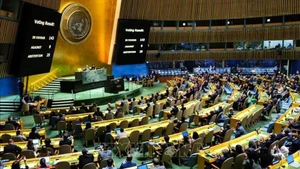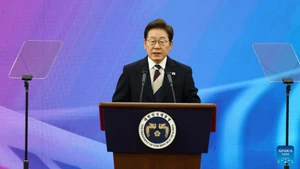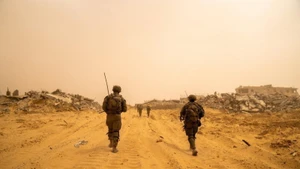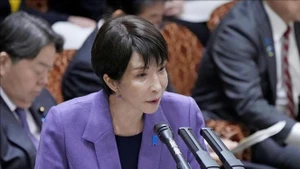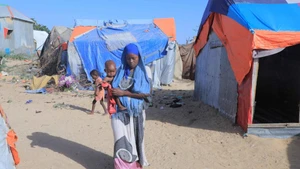In a recent address to the United Nations General Assembly, Michael Fakhri, UN Special Rapporteur on the Right to Food, called for the deployment of peacekeeping forces to regularly escort humanitarian convoys to hotspots such as Sudan and the Gaza Strip. The aim is to ensure the safety of aid workers and maintain the integrity of aid supply chains. This appeal came just two weeks after an attack on a UN aid convoy in Sudan resulted in the deaths of five staff members.
With remarkable courage and resilience, humanitarian workers, often described as “messengers of peace”, tirelessly carry out the noble mission of providing emergency relief to people in crisis. However, growing conflict and violence have increasingly placed these workers in life-threatening situations. According to the Aid Worker Security Database (AWSD), approximately 280 aid workers were killed across 33 countries in 2023. At the end of 2024, more than 100 UN member states issued a statement calling for the protection of humanitarian workers, affirming that their work and dedication “are essential in alleviating the suffering of millions around the world.”
In addition to these security challenges, the global humanitarian effort is facing a severe funding crisis. According to the UN Office for the Coordination of Humanitarian Affairs (OCHA), the UN is appealing for 29 billion USD in humanitarian aid for 2025—a sharp decline from the 44 billion USD requested in December 2024. So far in 2025, only 5.6 billion USD has been received. A key factor in this shortfall is the withdrawal of financial support by traditional donors, particularly the US.
This funding gap has forced humanitarian organisations to make difficult decisions, including staff cuts and reallocating limited resources to the most urgent crises. The UN High Commissioner for Refugees (UNHCR) announced it has had to eliminate approximately 3,500 staff positions, reducing personnel costs by about 30%. Due to budget constraints, many aid programmes have also been scaled back. Instead of assisting 180 million people in 2025 as initially planned, the UN now expects to reach only 114 million vulnerable individuals. Priority will be given to regions classified as level 4 or 5 crisis zones—areas experiencing “extreme or catastrophic” humanitarian conditions.
Non-UN humanitarian organisations are facing similar difficulties in mobilising sufficient resources. In February 2025, the Norwegian Refugee Council (NRC), one of the world’s largest aid agencies, was forced to suspend humanitarian operations in nearly 20 countries and lay off staff in several locations, including Afghanistan.
In light of this double humanitarian crisis, a comprehensive overhaul of the UN’s humanitarian operations is seen as essential to reduce operational costs. Proposed measures include streamlining bureaucracy, avoiding duplication of responsibilities, and relocating departments and offices to areas with lower living costs.
Clearly, without the presence and support of humanitarian workers, efforts to resolve conflicts and crises will become significantly more difficult, especially when humanitarian needs in many regions remain urgent and unrelenting.
